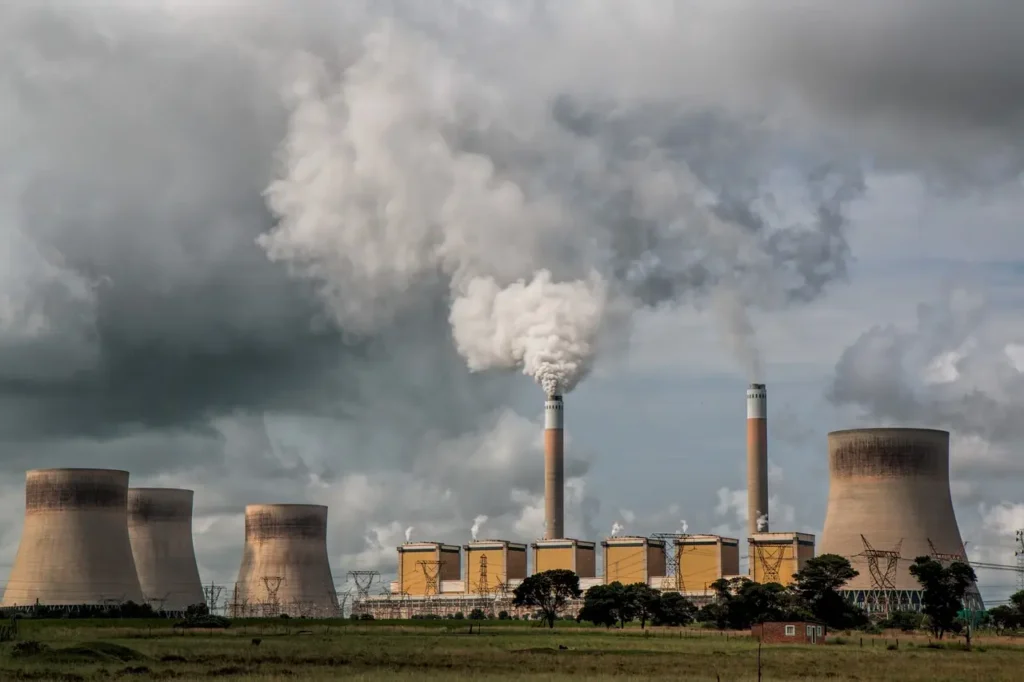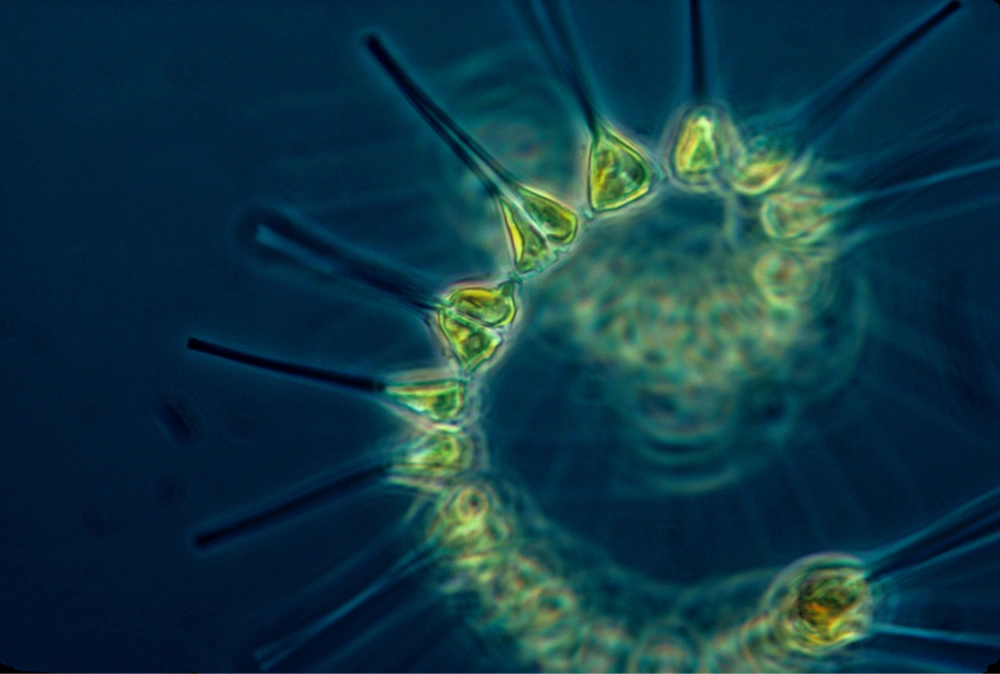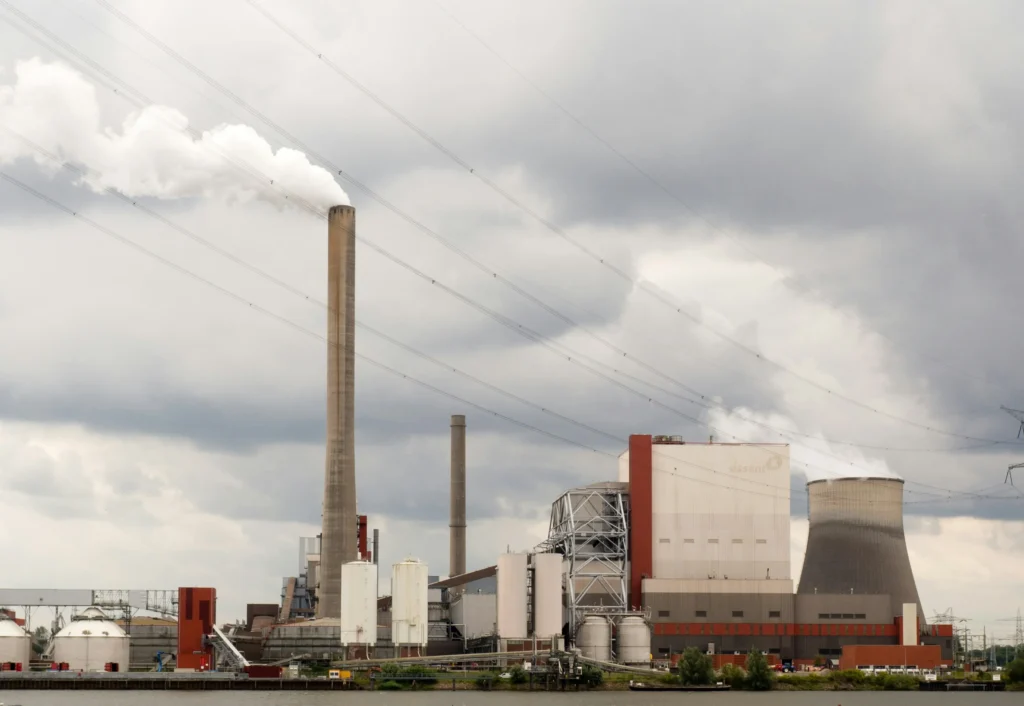
Where Does Crude Oil Come From?
3 minute read • Last update November 2023

In this article
Learn How Oil is Formed
Crude oil, or petroleum, is formed through a natural processes called diagenesis and catagenesis that take millions of years.
As ancient plants, bacteria, algae, and other small animals and organisms (or diatoms) that lived in the oceans millions and millions of years ago died, they settled down on the ocean floor.
Over time, as more and more of these ancient creatures died and floated down to the bottom of the ocean, they were buried by layers of sand, silt, and rock.
These layers continued to pile up over millions of years and eventually there’s so much pressure and heat coming from the earth that the remains of the plants and animals were transformed into what we now call crude oil, or petroleum.
Crude Oil is a Fossil Fuel, Literally
Crude oil is called a fossil fuel because it’s actually formed from fossils – the diatoms, or ancient plants, bacteria, and algae we mentioned previously. The word “petroleum” actually means “rock oil” or “oil from the earth.”
Does Oil Come From Dinosaur Fossils?
It’s a commonly spread fiction that oil comes from dinosaurs because when people hear fossils, their brains immediately jump to dinosaurs. However, that’s not the case.
The truth may be less exciting to some, but oil and other fossil fuels are not actually formed from the remains of dinosaurs. The oil we’re drilling and pumping to the surface as fuel is formed from diatoms, small organisms such as algae and bacteria that lived long before dinosaurs even existed.
The Science Behind Diagenesis and Catagenesis
Now you know the general process that transforms fossils into fuel, but you may be curious to what actually happens to these ancient creatures that takes them from living beings with cells to a black tar substance that we recognize as oil.
Step 1: The Death of Ancient Aquatic Creatures
Just like the ocean now, millions of years ago the ocean was full of small creatures called phytoplankton and zooplankton.
- Phytoplankton are microscopic plants that, just like plants that live on land, require access to the sun to survive through the process of photosynthesis (turning sunlight into energy using chlorophyll).
- Zooplankton are microscopic animals that feed upon phytoplankton to survive.
These tiny creatures do not have very long lifespans (a few weeks at most), so they are reproducing and dying at a very rapid rate. When these microscopic creatures die, they sink to the floor of the ocean.
Step 2: Sedimentation on the Ocean Floor
Over time, the plankton are buried and mixed underneath layers of sand, silt, and rock. This process has occurred since these creatures evolved over 1 billion years ago and continues to this day.
Step 3: Increasing Heat and Pressure
After the remains of the plankton are buried long enough, the layers of sediment are so thick that the weight of the Earth’s crust imposes high pressure forces on the fossils. At the same time, heat rising up from the Earth’s mantle (the layer below the crust) also comes into play. It’s the combined forces of the pressure and heat that begin to chemically alter the organic matter.
Step 4: Breaking Down Through Diagenesis
Diagenesis converts the organic matter into a waxy substance called kerogen. This process occurs as a result of the immense pressure inflicted upon the organic matter. During diagenesis, the organic molecules, such as carbohydrates, proteins, and lipids (fats), break down. This means that atoms that make up the molecules are actually breaking apart from one another.
Step 5: Further Molecular Breakdown Through Catagenesis
The principal stage of oil formation, catagenesis occurs as a result of the high temperatures imposed on the waxy substance kerogen underneath the Earth’s crust. The kerogens continue to break down even further from the heat into hydrocarbons. As more hydrocarbons accumulate and mature, oil and natural gas deposits are formed.
Is Oil Still Being Formed?
Yes, the process that forms crude oil or petroleum is still occurring. It is a naturally reoccurring process. However, humanity is drilling, pumping, and burning more oil for fuel than the Earth can create. This is why fossil fuels are considered a non-renewable source of energy.
How Much Oil Do We Have Left?
Scientists estimate that we have about 4-5 decades of oil remaining before we run out completely. This timeframe factors in our current rate of global consumption and the known oil reserves around the planet. We could extend the time further by either finding more oil underneath the Earth or reducing our dependence on crude oil to fuel our society.
Where is Crude Oil Formed?
The geological conditions, including the presence of suitable source rocks, reservoir rocks, and traps, determine the location and size of oil deposits. Exploration and drilling activities are carried out to identify and extract these reserves for energy production.
Written by Graham Lumley
Graham Lumley, Digital Marketing Manager at BKV Energy, leads digital and traditional marketing strategies, focusing on educating Texans about the state's deregulated energy market. With over 8 years of marketing experience, he creates content to help consumers understand and save on their energy bills, bringing a fresh and dynamic approach to the industry.
Related articles

Is Coal Renewable?
3 minute readCoal is a natural energy source that has played a crucial role in powering human development for centuries. It forms
Get $50 off your electric bill!
Use code BKVEJOINUS50
Enter your zip code to shop BKV Energy's affordable, fixed-rate Texas electricity plans. Use the promo code for $50 off your electric bill.
